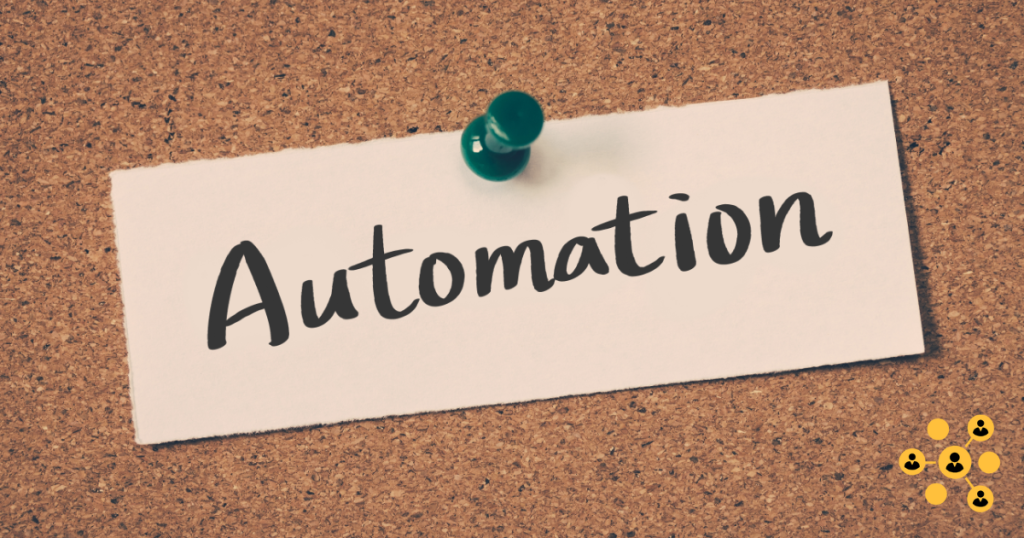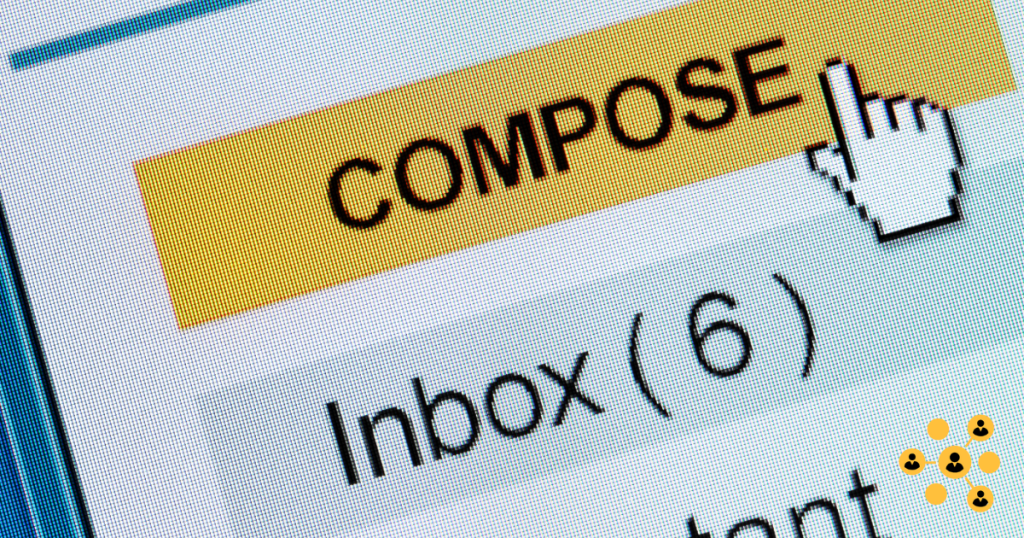How to Automate Lead Follow-Up in Network Marketing
In the dynamic world of network marketing, automating your lead follow-up process can save you time and increase your conversion rates. But where do you start? This guide will walk you through the essentials of automating lead follow-ups, ensuring you stay ahead in the game.

Table of Contents
1. Why Automate Lead Follow-Up?
2. Choosing the Right Tools
3. Setting Up Your Automation
4. Personalizing Your Approach
5. Monitoring and Optimizing
6. Conclusion
7. FAQ
Why Automate Lead Follow-Up?
In the fast-paced world of network marketing, staying ahead of the curve is essential. One of the most effective ways to do this is by automating your lead follow-up process. But automation isn’t just about cutting down on the time spent chasing leads—it’s a strategic move that can significantly enhance your efficiency and boost your conversion rates. Let’s dive into some compelling reasons why embracing automation is a smart move for your network marketing business.
1. Consistency
Ensuring No Lead Is Left Behind Imagine never having to worry about forgetting to follow up with a potential client. With automation, this dream becomes a reality. Automated systems ensure that every lead receives timely and consistent follow-ups. Whether you’re juggling multiple tasks or enjoying a well-deserved vacation, automation guarantees that your outreach efforts remain uninterrupted. This consistency not only builds trust with your leads but also sets a professional tone for your business operations.
2. Time-Saving
Focus on What Truly Matters Time is a precious commodity in any business, and network marketing is no exception. By setting up automated emails or messages, you free up significant amounts of time that can be better spent on critical aspects of your business—like strategizing your next move or expanding your network. Automation takes care of the repetitive tasks, allowing you to concentrate on activities that require your unique skills and expertise.
3. Improved Response Rates
Engaging at the Right Moment Timing is everything when it comes to engaging with potential clients. Automated systems can track and analyze the best times to contact your leads, ensuring that your messages reach them exactly when they’re most likely to respond. This optimization of contact times can lead to significantly higher engagement rates, ultimately boosting your chances of converting leads into loyal customers.
4. Data-Driven Decisions
Harnessing the Power of Analytics In today’s data-driven world, making informed decisions is crucial. Automation tools provide you with invaluable analytics and insights into your lead interactions. By understanding the patterns and behaviors of your audience, you can tailor your strategies to better meet their needs and preferences. This data-driven approach not only enhances your marketing effectiveness but also empowers you to make smarter, more strategic business decisions.
Choosing the Right Tools
The right tools can streamline your processes, enhance communication, and ultimately, drive your business growth. However, not all automation tools are created equal. With so many options available, how do you choose the best fit for your network marketing business? Here’s a breakdown of key factors to consider when selecting the right software, along with some popular tools to get you started.

1. Seamless Integration
When selecting an automation tool, integration should be at the top of your checklist. The tool you choose must seamlessly integrate with your existing Customer Relationship Management (CRM) system and other marketing platforms. This ensures a smooth flow of data and minimizes the risk of errors. For example, if you’re using Salesforce as your CRM, make sure your automation tool can easily sync contact information and updates without manual intervention.
2. User-Friendly Interface
The best tools are those that don’t require a steep learning curve. A user-friendly interface is crucial because time spent learning complex software is time taken away from building your business. Look for tools with intuitive dashboards and straightforward navigation. Many platforms offer free trials, so take advantage of these to assess usability before making a decision.
3. Customization Capabilities
One size rarely fits all in network marketing. The ability to customize automation tools to fit your unique business needs is vital. This includes tailoring messages, setting personalized follow-up schedules, and segmenting your audience to deliver targeted campaigns. Customization not only improves efficiency but also enhances the customer experience by making interactions feel more personal.
4. Cost vs. Value
When it comes to pricing, it’s important to weigh the features against the cost. Sometimes a more expensive tool offers more comprehensive solutions that provide better value in the long run. Consider both your current needs and potential future growth. Investing in a robust system that can scale with your business might be more cost-effective than constantly switching tools.
Popular Automation Tools to Consider
HubSpot
Known for its powerful CRM and marketing automation features, HubSpot offers a comprehensive suite of tools that cater to businesses of all sizes. Its seamless integration capabilities and extensive customization options make it a favorite among network marketers.
Mailchimp
Ideal for those primarily focused on email marketing, Mailchimp offers an easy-to-use platform with strong automation features. It’s perfect for beginners and small businesses, offering both free and paid plans.
ActiveCampaign
This tool combines email marketing, marketing automation, and CRM features, providing a robust solution for businesses looking to scale their operations. Its advanced segmentation and automation workflows make it a strong contender for network marketers.
Setting Up Your Automation
Let’s dive into a step-by-step process to get your automation up and running smoothly.
1. Define Your Goals
First things first, you need to have a crystal-clear understanding of what you want to achieve with your follow-ups. Are you looking to close more sales? Perhaps your focus is on nurturing leads to keep them engaged, or you might be aiming to garner more referrals from satisfied customers. Clearly defining your goals will guide the entire automation setup process.
2. Segment Your Audience
In network marketing, not all leads are created equal. Segmentation is your secret weapon to ensure that your messages resonate with the right people. By categorizing your audience based on demographics, buying behavior, or engagement level, you can tailor your communications and provide value that speaks directly to each group’s needs.

3. Craft Your Messages
Now that you know your goals and audience, it’s time to craft compelling and concise messages. The key here is personalization. A personalized message can significantly increase your success rate as it makes your audience feel seen and valued. Use first names, reference past interactions, and tailor your content to address specific pain points and desires.
4. Set Up Triggers
Triggers are the backbone of any automation system. They determine what actions will prompt your follow-up communications. This could be anything from a lead downloading a resource, filling out a form, or visiting a specific page on your website. By setting up these triggers, you ensure that your messages are timely and relevant, which is crucial for maintaining engagement.
5. Test Your Workflow
Before you unleash your automation system into the wild, it’s crucial to test everything. Run through the entire workflow as if you were a lead going through the process. This helps you identify any glitches or areas for improvement. Testing ensures that all triggers are firing correctly and that your messages are being delivered as intended, which prevents any hiccups once you go live.
Personalizing Your Approach
Even with the rise of automation, maintaining a personal touch can significantly enhance your engagement and conversion rates. Here’s how you can personalize your approach without sacrificing efficiency:
1. Use Names
One of the simplest and most effective ways to personalize your communication is by using the recipient’s name. Whether you’re sending an email, a direct message, or any form of communication, addressing your leads by their names instantly grabs their attention. It shows that you’re not just sending out a generic message but speaking directly to them.

2. Reference Past Interactions
Every interaction you have with a lead is an opportunity to gather valuable insights. By referencing past interactions or purchases, you create a context for your follow-up messages. This approach not only demonstrates that you value their previous engagement but also makes your communication more relevant and tailored. Whether it’s a thank-you note after a purchase or a suggestion based on their browsing history, these personalized touches can strengthen the relationship.
3. Tailor Content
Thanks to data analytics, you can now easily access information about what your leads are interested in. Use this data to tailor your content, offering them information or products that align with their preferences. Whether it’s a blog post, an e-book, or a webinar, personalized content resonates more with your audience and increases the likelihood of engagement.
The Balance Between Automation and Personalization
Remember, the goal of automation in network marketing is not to remove the human element but to enhance your efficiency while maintaining a personal connection. Automation can handle repetitive tasks, freeing up your time to focus on crafting personalized messages that truly connect with your audience. By integrating these personal touches into your automated processes, you can create a marketing strategy that feels both efficient and genuine.
Monitoring and Optimizing
To truly thrive and sustain long-term success with automation, it’s essential to engage in regular monitoring and optimization. Here’s how you can take your automation to the next level:
1. Analyze Performance
Decode Your Analytics To ensure your strategies hit the mark, it’s crucial to dive deep into your analytics regularly. Keep an eye on key performance indicators such as open rates, click-through rates, and conversion rates. By understanding what’s working and what’s falling flat, you can make data-driven decisions to refine your approach. Remember, the numbers don’t lie!
2. A/B Testing
Experiment for Excellence The journey to finding the perfect message involves a bit of trial and error. A/B testing allows you to experiment with different messages, subject lines, and timing to discover what truly resonates with your audience. Be bold and creative in your testing, and you’ll uncover powerful insights that can significantly boost your engagement rates.

3. Gather Feedback
Listen to Your Leads Don’t underestimate the value of direct feedback from your leads. Asking for their opinions on your communication strategy can provide you with invaluable insights. Whether it’s a quick survey or a casual conversation, understanding their preferences and pain points can help you tailor your approach and build stronger relationships.
4. Stay Updated
Embrace Technological Advancements In today’s fast-paced digital landscape, technology is constantly evolving. To stay ahead of the curve, it’s vital to keep up with the latest trends and updates in automation tools. Whether it’s a new feature in your email marketing software or an entirely new platform, being informed allows you to leverage technology to its fullest potential.
Conclusion
Automating your lead follow-up in network marketing can transform how you manage your business, providing more time to focus on growth and strategy. By choosing the right tools, setting up efficient workflows, and keeping a personal touch, you can turn potential leads into loyal customers effortlessly.
FAQ
1. What is the best tool for lead follow-up automation?
The best tool depends on your specific needs. Popular options include HubSpot, Mailchimp, and ActiveCampaign due to their robustness and ease of use.
2. How can I make my automated messages feel personal?
Use personalization features like addressing the lead by name, referencing past interactions, and tailoring content to their interests.
3. How often should I review my automation strategy?
Regular reviews are essential. Aim to analyze your strategy monthly to ensure it remains effective and relevant.
4. Is it possible to over-automate my follow-up process?
Yes, over-automation can make your communication feel impersonal and robotic. Balance automation with personalized touches to maintain a human connection.
5. How can automation improve my conversion rates?
Automation ensures timely and consistent follow-ups, increasing the likelihood of engagement and conversion through optimized communication.


